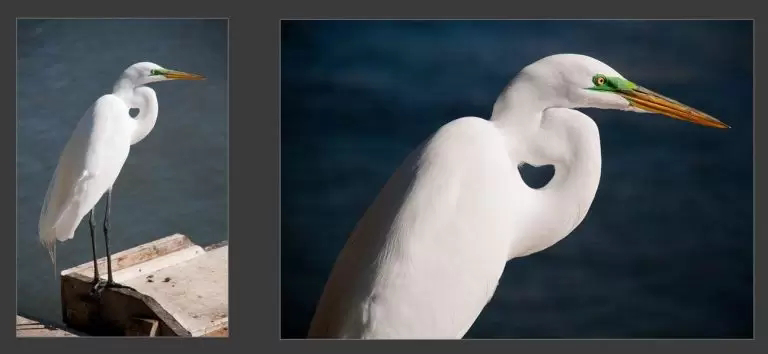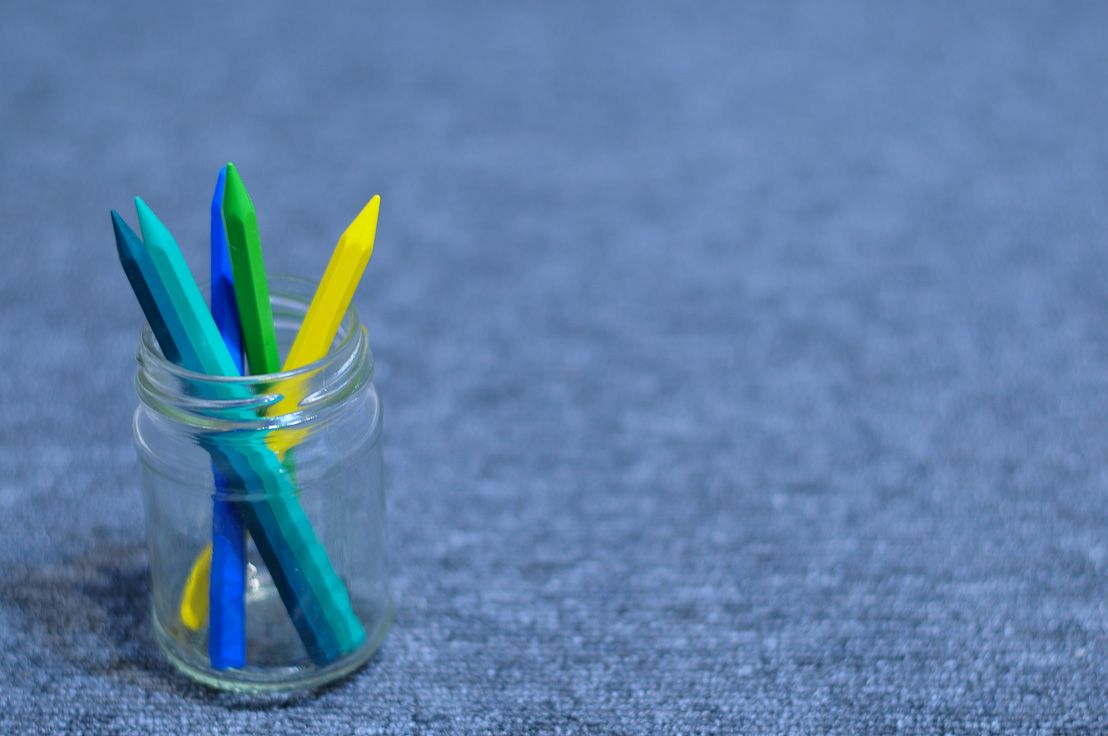BASIC COMPOSITION PART-1 aka RULE OF THIRDS & NEGATIVE SPACE
Hi y'all. These blogs are about "how to capture pics in a different perspective than usual ", "how to edit them in according with our moods", "particularly how to make them better". Especially composition is everything to a photograph. And composition consists of many sub-parts. Well we can't learn them all at once, so let's take one step at a time. With that being said, let's start our baby steps into the topic. Today's topic is about COMPOSITION.
Well, by reading the previous blog, we now know how to arrange our frame according to the situation. Now, once we picked our frame, it's time to fix the objects that lie within that frame. Composition is nothing but "how to place the objects inside the frame such that they can create tension". That's the technical definition, but we don't need to learn that much, we can brush out the fundamentals/basics and let our intuition and interest do the remaining work. So for us, composition is nothing but "how to place objects in the frame such that the photograph looks interesting". Well there are certain guidelines to start with. These are not hardcoded rules to follow, they just give us the direction, in which way we want to see the world.
RULE OF THIRDS :
The rule of thirds is one of the most useful composition techniques in photography. With the help of it we can create a well balanced and interesting images. It basically means : You divide the frame, like 3 x 3 grid which is already available in the presets. Then place your object/objects in the vicinity of the intersection points of the lines in the grid or close to the lines.
As you can see, in the above 3 pictures, the main object is placed at the intersections of the lines. That's the trick. You see, our perception is the key, by placing objects at these positions, it will make a good picture. It's better if we just apply this guideline rather than worrying about "why it works?". Learning "why it works?" is a big task at hand, there's so much to it. It's the thing analysists do, not the photographers. So it's better just to know the rule and go forward. And remember, it's just a guideline not a strict rule to follow. Sometimes breaking the rule of thirds may give even better results. Now it's your time to try.
NEGATIVE SPACE :
Generally negative space is defined as the space between or around our main object. Sometimes people confuse it with background. Background and negative space are two different things. Negative space gives the main object an extra importance and forces us to focus on main object only. Negative space seperately has no meaning. While, background gives additional support to the main object, and individually, background has a story of it's own.
As you can see, in the first picture, without that beautiful background, it's just a ordinary tree. Background gave so much importance to the object and the picture. This is what I mean, giving additional support to the main object.
Coming to the second picture, main objects are : insect and that small vine. You see, the part other than these main objects is called negative space. The blurry background is negative space. Because of the negative space, we force ourselves to view the insect and vine only. Negative space doesn't contribute to the picture except for adding additional focus to the main object.
TAKEAWAY NOTES :
- Rule of thirds is a important guideline. Take some pictures by following that guideline.
- Sometimes breaking the Rule of Thirds may give even better pictures. All you need to do is, try once using the rule and do the same without using the rule.
- Negative Space adds focus to the main object.
- Background adds support and meaning to the main object and photograph respectively.
NEXT-UP :
- Composition Part-2 (How many objects to place, even or odd? Where should lines go? Composition of Diagonal lines tension?)








Comments
Post a Comment